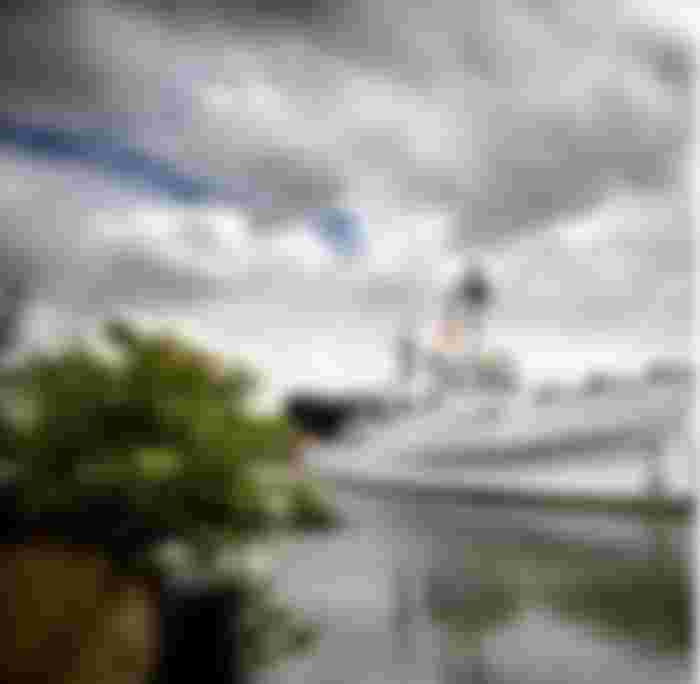A Huge sea. The roar of thick waves all around. War ships equipped with heavy weapons and artillery of the enemy are patrolling the distant borders. Bombers are flying overhead from time to time. Everyone else is the enemy of a ship at sea. There is no way to survive the war, the 45 soldiers of the ship can avoid death only if they can escape through the difficult enclosure of this terrible guard and reach the naval border of the friendly country. In 1942, during World War II, the Allied warship HNLMS Abraham Kransen was wrecked in the face of a major Japanese attack on the Indonesian sea border. And overcoming this death trap, the ship's crew reached Australia with a great deal of intelligence. Today's article is about the story of that adventurous journey.
HNLMS Abraham Cransen was a minesweeper warship of the Dutch Navy, the Royal Netherlands Navy. Minesweeper means that the ship's job was to detect and deactivate mines in the waterway. Built in the 1930s, the ship was stationed in the then Dutch colony of the Netherlands East Indies during World War II. Today's Indonesia and Malaysia were under that colony. At the end of 1941, Japan, one of the Axis powers, invaded the region. Allied warships stationed there were then instructed to retreat to Australia, another Allied power. After receiving this instruction, Abraham Cransen left for Australia.
Abraham Cransen is one of eight Ian van Amstel-class minesweepers built for the Dutch Navy in the late 1930s. It was incorporated into the Navy in 1936. With a crew capacity of 45, the 48-ton ship was 184 feet long. It was equipped with an automatic heavy weapon, two cannons and a submarine destroyer. The ship was named after Abraham Cransen, a famous 16th century Dutch naval commander.
HNLMS Abraham Cransen was a minesweeper warship of the Dutch Navy, the Royal Netherlands Navy. Minesweeper means that the ship's job was to detect and deactivate mines in the waterway. Built in the 1930s, the ship was stationed in the then Dutch colony of the Netherlands East Indies during World War II. Today's Indonesia and Malaysia were under that colony. At the end of 1941, Japan, one of the Axis powers, invaded the region. Allied warships stationed there were then instructed to retreat to Australia, another Allied power. After receiving this instruction, Abraham Cransen left for Australia.
Abraham Cransen is one of eight Ian van Amstel-class minesweepers built for the Dutch Navy in the late 1930s. It was incorporated into the Navy in 1936. With a crew capacity of 45, the 48-ton ship was 184 feet long. It was equipped with an automatic heavy weapon, two cannons and a submarine destroyer. The ship was named after Abraham Cransen, a famous 16th century Dutch naval commander.
The then Dutch colony was based in Surabaya, present-day Indonesia, where Abraham Krensen invaded Japan in 1941. In 1942, the Japanese navy, the Imperial Japanese Navy, defeated the Allies in two consecutive battles on the Java Sea and the Sunday Strait. The largest naval battle since World War I was the Battle of the Sea of Java, where the combined navies of the United States, England, the Netherlands, and Australia were defeated by the Japanese navy. In this battle six Allied warships sank and 2300 soldiers were killed. Shortly afterwards, another Japanese attack on Sunday sank three warships from the United States, Australia and the Netherlands, killing 1,071 Allied troops. After these two extreme defeats, the rest of the Allied ships stationed in the region were instructed to quickly return to Australian waters.
When this order was given, there were only four Allied warships left. The Japanese navy and air force are on full-time patrol, equipped with extensive combat equipment. There is no way to escape to Australia as instructed. In this situation, the soldiers of the two ships dug their own ships and sunk them so that the Japanese could not capture the two ships. Another ship sank while fleeing through the Lombok Strait when attacked by a Japanese warship. Three of the four were devastated. Abraham Cransen was left alone in the face of the Japanese naval patrol at sea and the onslaught of air power from the sky.

